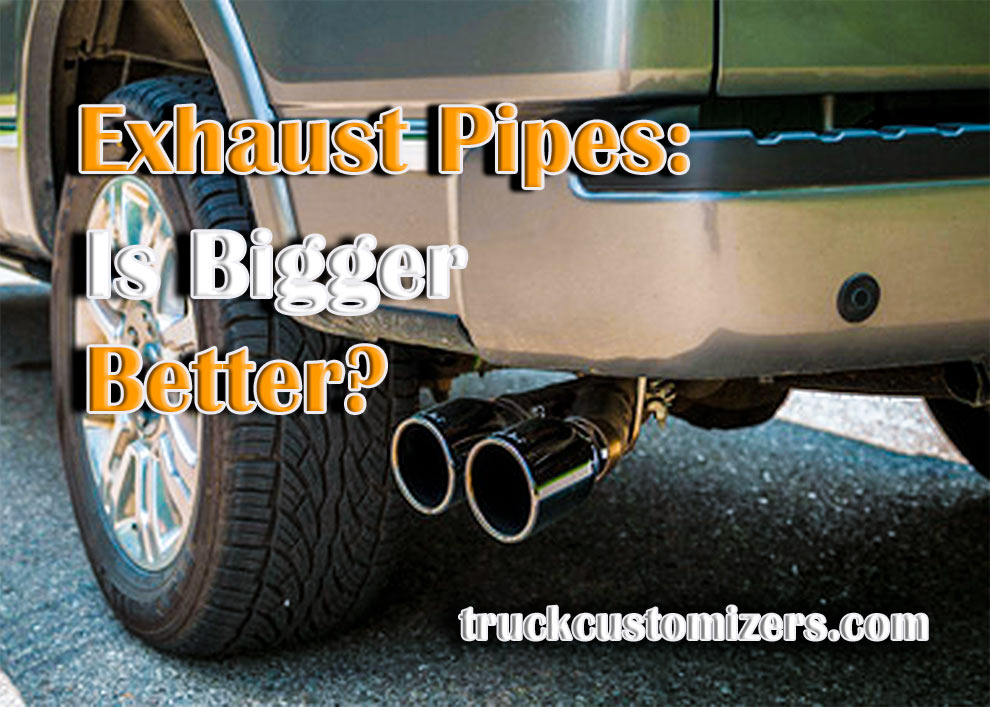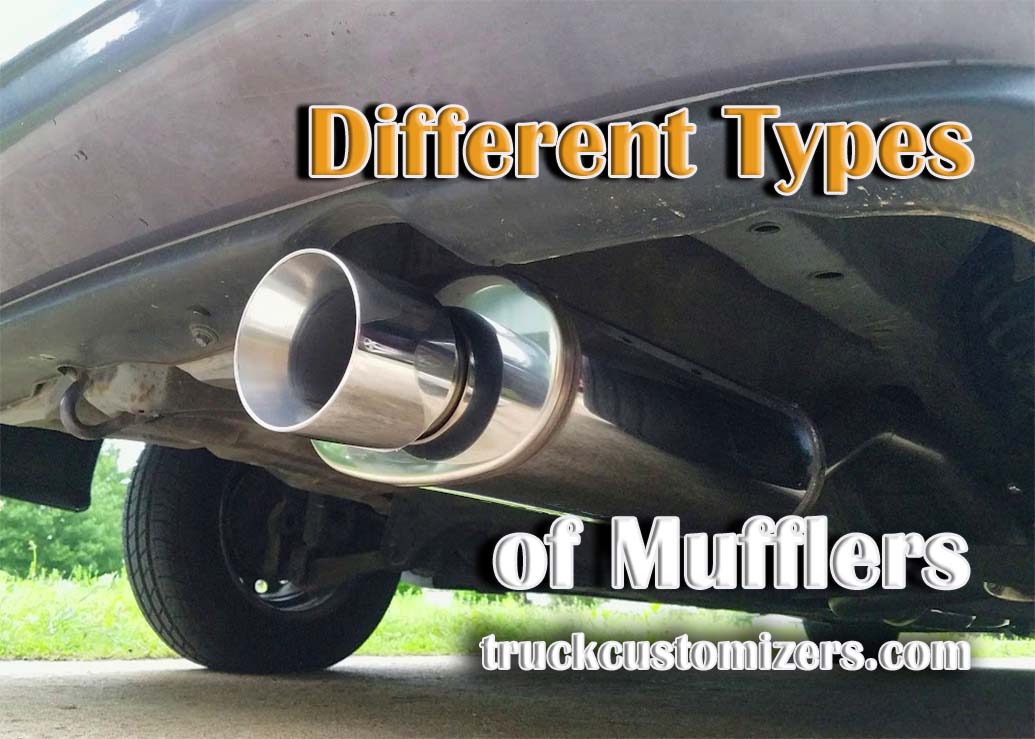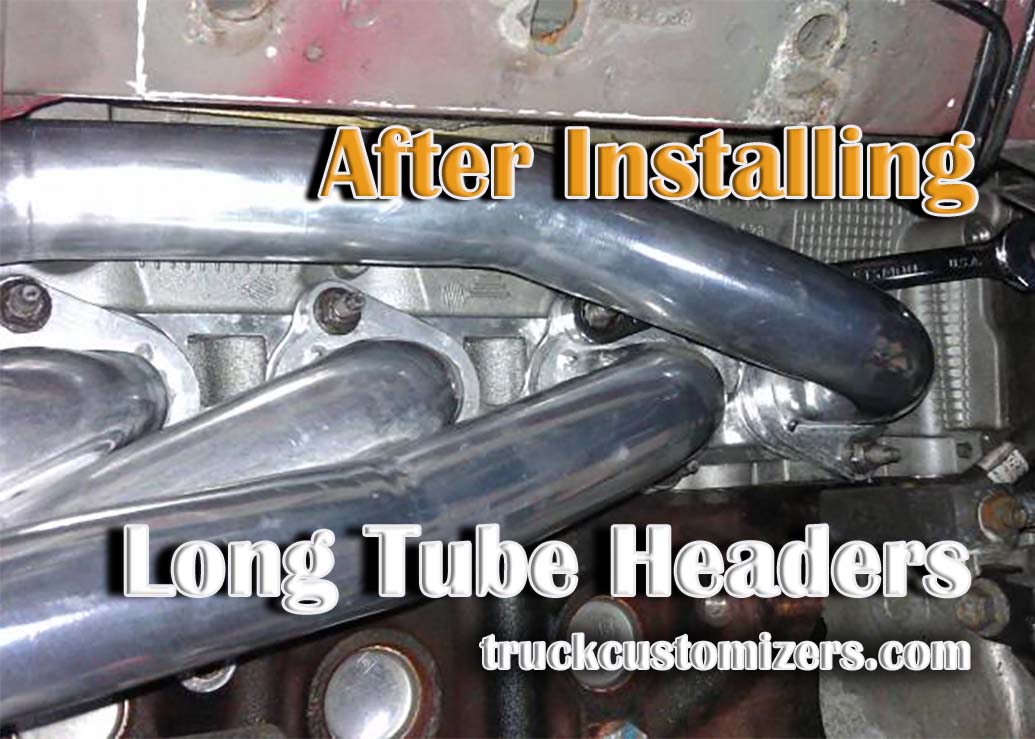A low-impedance exhaust system, starting from the turbo on turbo cars, or starting from the exhaust manifold on others, is a must for getting good power. In most cases, building a high-flow exhaust should happen in the initial stages of modifications, as it is a relatively inexpensive procedure.
How It Works?
Exhaust back pressure occurring behind the exhaust manifold interferes with power and should therefore be minimized as much as possible. Reducing the back pressure to improve combustion chamber emissions allows more fresh air and fuel to be forced into the combustion chamber. And as you know, the more fuel and fresh air that goes into the cylinders, the more power you get.
Another benefit of low drag exhaust system is a reduction in exhalation losses – in other words, less effort is needed from the pistons to push the combustion gases out. The road potential of high flow exhaust systems cannot be underestimated – it gives a noticeably better response to the accelerator pedal, increasing torque and power at higher revs. Fuel consumption also tends to ‘improve’ – but this depends more on ‘your’ driving style.
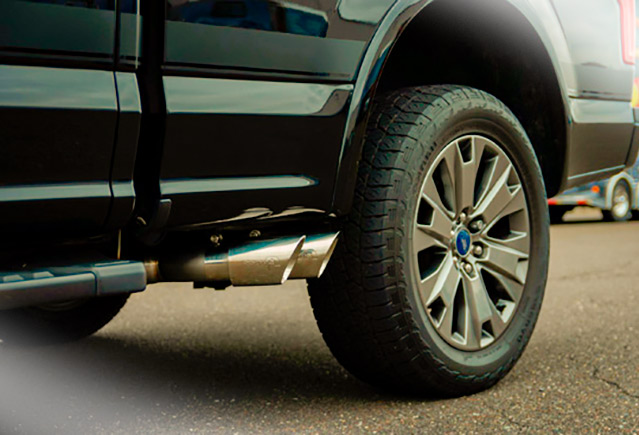
Increasing the Power
Let’s assume that your car has an exhaust system diameter of about 50 mm and you decide to install a diameter that is just over 70 mm. The flow rate on this background increases many times over. This is due to the fact that the exhaust system is 1.5 times larger and the flow capacity has already increased by a factor of 4. On the other hand, the larger the diameter of the exhaust for Silverado, the heavier it is, the more expensive it is to make, the load on the engine increases, etc.
The best way for the car to work, the optimal size of the exhaust system will be suitable. To understand what diameter will suit your car, it is worth knowing what engine is on the car, what is done to it, what is planned to do. Based on all the parameters, you can conclude what diameter to install the exhaust system. That is why there is a design of the exhaust system.
Mass
An elementary law – the larger the diameter of the exhaust system, the heavier it is, the greater the total weight of the car, the worse for acceleration. Because with a lighter exhaust system, the car will be able to accelerate faster and be easier to handle. But don’t get carried away with an exhaust system that is too small and lightweight, as it will not pass exhaust gases well.
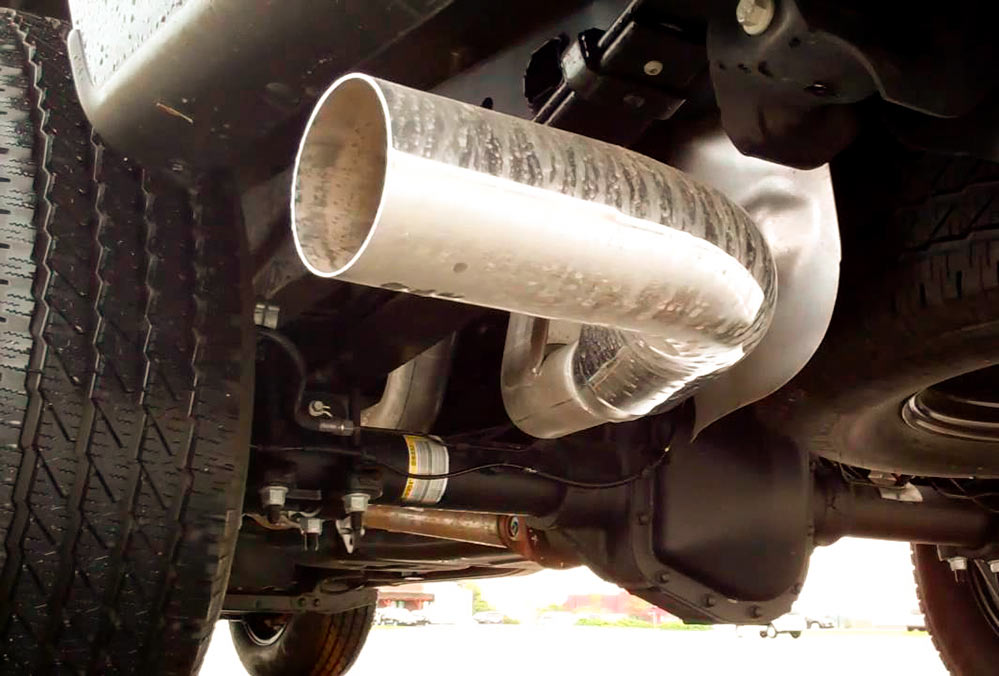
Changing the Sound
The car owner has to select the diameter of the exhaust pipe, most often in order to modify their “iron friend”. It is very important to choose the right size because otherwise the power will be reduced and the driving safety will be reduced. The main function of exhaust pipes is to reduce engine noise through the removal of accumulated gases and the silencing effect. The more efficiently the gases are exhausted, the less pressure will be in the exhaust system, which increases the engine’s power.
The parameters of the exhaust systems depend on the volume of the air processed by the engine. The volume of air, on the other hand, depends on the power and volume of the engine. According to this information, approximate pipe sizes can be recommended. The larger the diameter of the exhaust system, the less aggressive your car’s sound will be. In this case, there is a contradiction and the best diameter to compromise is 63 mm diameter.
Bottom Line
If you are too lazy for the details, bigger exhaust pipes do make the exhaust louder – but only by a little. Exhaust pipes are made bigger to allow for better exhaust flow. This is important for increased performance and horsepower. Instead, aftermarket exhaust also equips a less restrictive Muffler for Ford F150 – which is responsible for the much louder sound.
